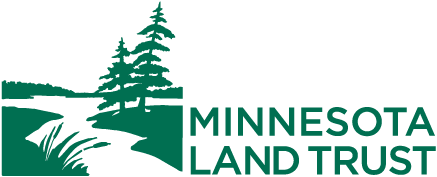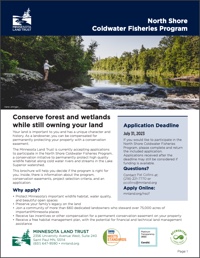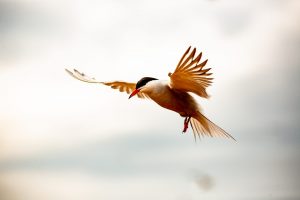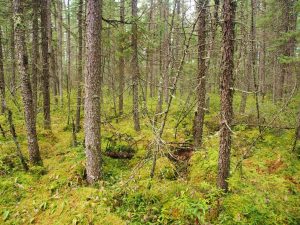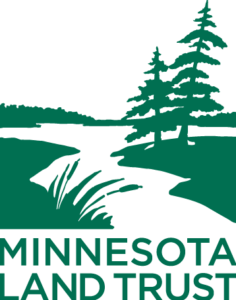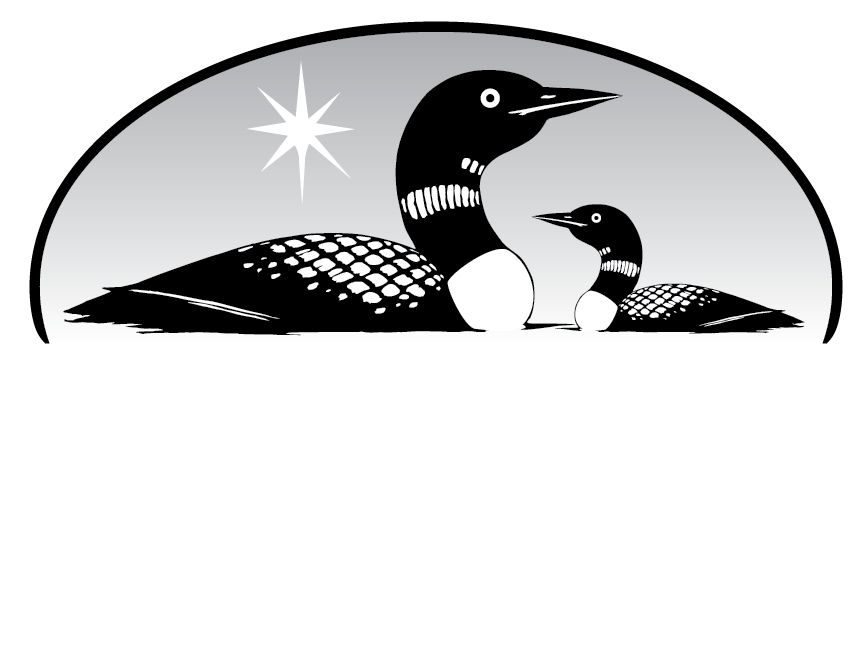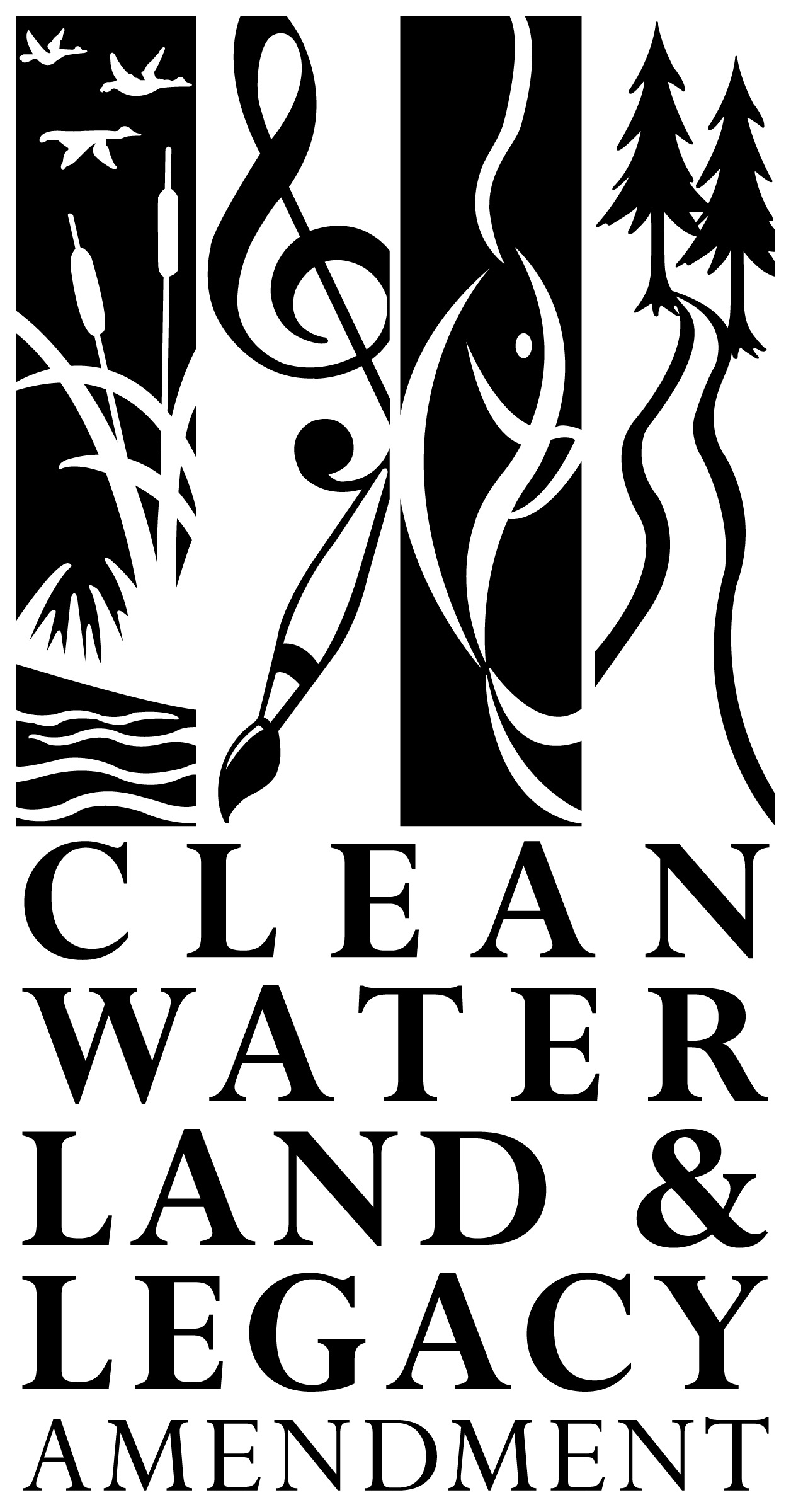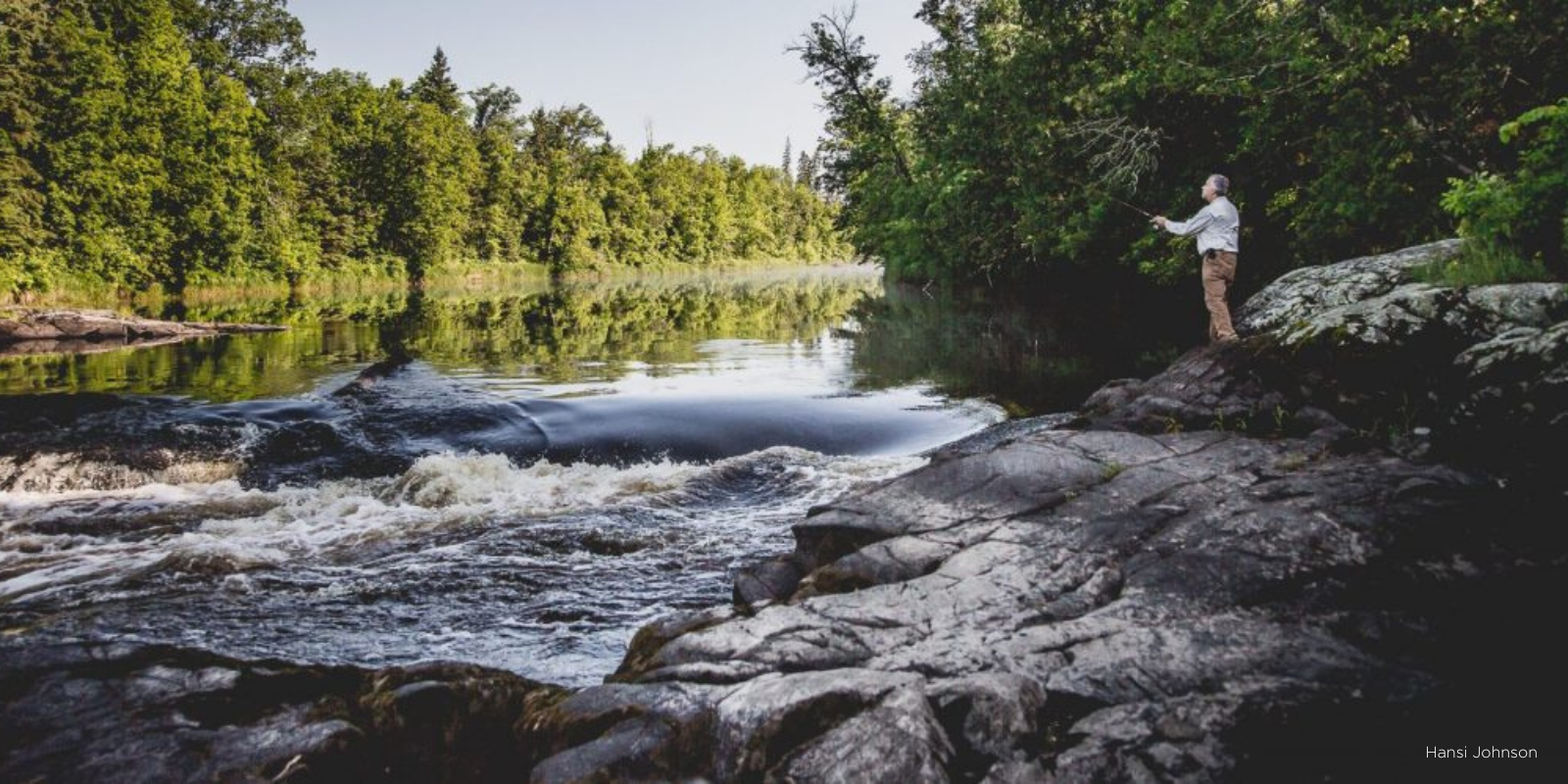
Conserve Forest & Wetlands While Still Owning Your Land
The Minnesota Land Trust is seeking private landowners who wish to help protect high quality wildlife habitat along cold water rivers and streams in the Lake Superior region.
As a landowner in the Lake Superior watershed, you play a critical role in preserving Minnesota’s iconic coldwater rivers and streams that support large gamefish populations.
Secure a lasting legacy for your land through a conservation easement with the Minnesota Land Trust! Learn more about conservation easements.
Have questions? Contact Pat Collins, Program Manager, 218-221-7770 or pcollins@mnland.org
Why apply for a conservation easement?
- Protect Minnesota’s important wildlife habitat, water quality, beautiful open spaces and scenic forests;
- Preserve your family’s legacy on the land;
- Receive tax incentives or other compensation for a permanent conservation easement on your property;
- Join a community of more than 700 dedicated landowners who steward tens of thousands of acres of important Minnesota lands;
- Receive a free habitat management plan, with the potential for financial and technical land management assistance from the Minnesota Land Trust or our partners.
Do you qualify for a conservation easement?
To qualify for the North Shore Coldwater Fisheries Program your property must:
- Be at least 40 acres in size;
- Be located within the program area, which includes portions of the following counties: Aitkin, Carlton, Cook, Itasca, Lake, Pine, and St. Louis.
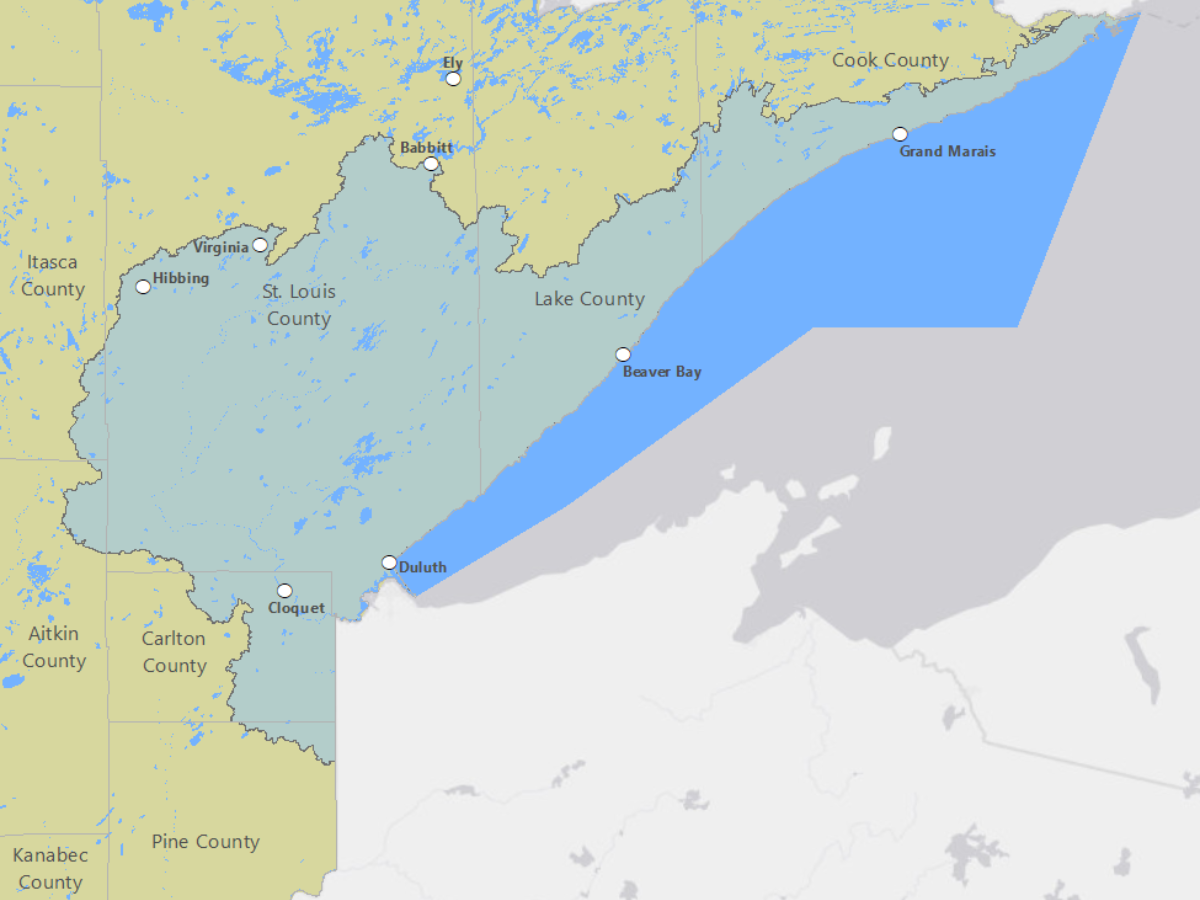
What is a conservation easement?
A conservation easement safeguards the natural features of a property through voluntary, legally binding, and permanent land use restrictions. Lands protected by a conservation easement remain in a landowner’s private ownership, with the landowner retaining the right to use and manage the land in line with the terms of the easement. Public access is not required.
When the land is transferred to a new owner, the easement stays with the land ensuring it is permanently preserved for generations to come.
Each conservation easement completed by the Minnesota Land Trust is individually crafted to reflect the special characteristics of the land and its uses. However, certain restrictions are required to protect the natural habitat and associated species.
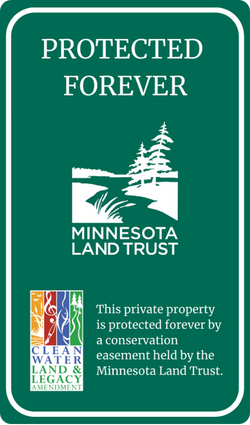
What are the easement terms?
Conservation easements are complex legal documents. Land Trust conservation easement terms generally:
- Permit low impact recreational uses, such as camping and hunting;
- Prohibit or limit agricultural uses, including wildlife food plots;
- Permit vegetation management in accordance with a habitat management plan approved by the Land Trust. The first plan is funded by the Land Trust;
- Prohibit division into separate ownerships. One conservation easement per owner.
Easement value and compensation
On your application, you must specify a desired payment amount per acre. The amount you choose may affect whether your project is ranked and if it is ultimately chosen.
Applications to the program will be ranked on both the ecological value of the land to be protected and the payment amount desired. Indicating a lower desired payment per acre may result in a higher application rank. The Land Trust will evaluate all applications received and make selections from them.
If your application is selected, the Land Trust will use a certified appraiser to ascertain the value of the proposed conservation easement. This is done by determining the value of your land without the easement, and then the value of your land with the easement in place. The difference between the two is the easement value. The easement value ultimately stems from the property rights that have been restricted and the appraised value of those rights.
Upon finalizing the conservation easement, you would then receive a one-time payment for the amount indicated on this application, up to 100% of the appraised easement value. The Land Trust cannot pay more than the appraised value of the conservation easement.
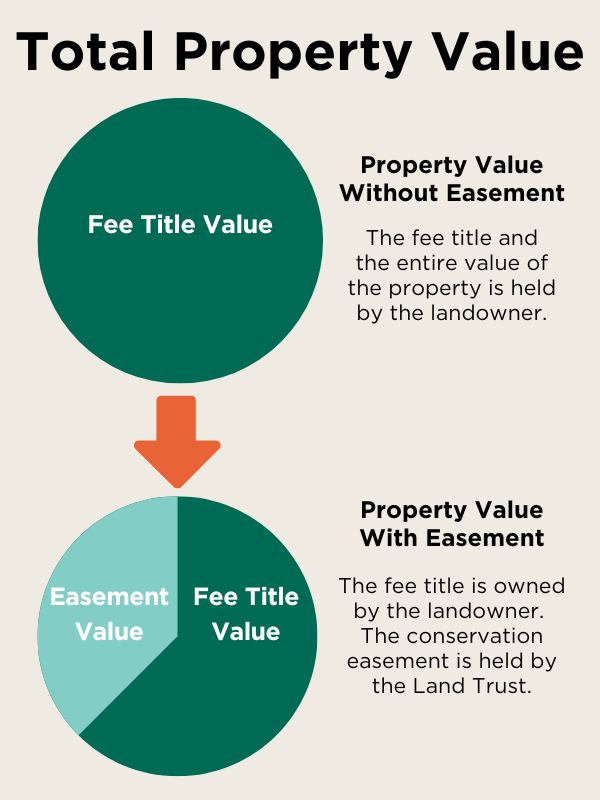
Benefits of donating conservation easement value
The Minnesota Land Trust is a 501(c)(3) public charity. As with other charitable contributions, the donation of a conservation easement may allow the landowner to claim a federal income tax deduction for the value of the easement. A gift of a conservation easement may also reduce estate taxes. Please consult your attorney.
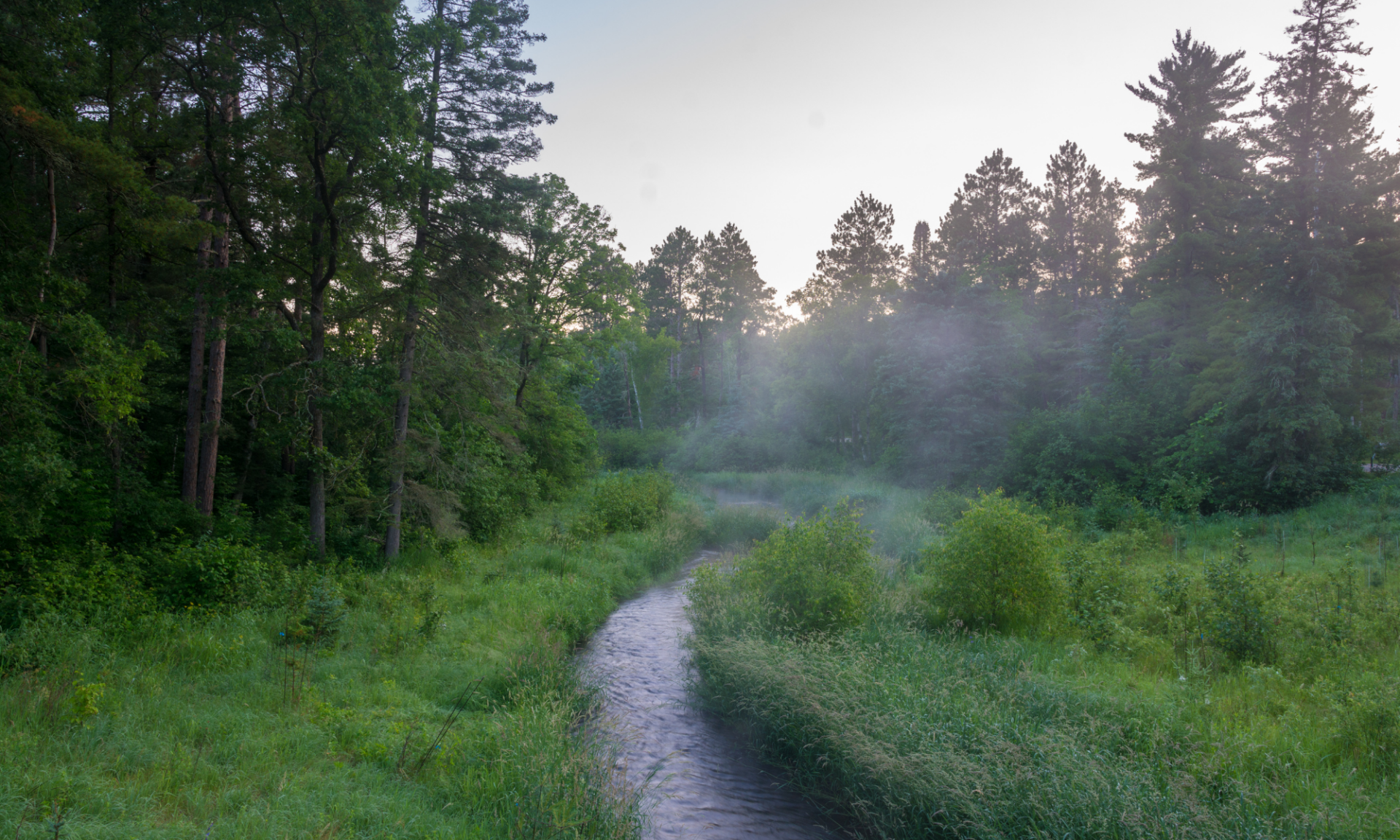
Are You Ready to Permanently Protect Your Land?
Join over 700 other dedicated private land stewards across Minnesota who have put their land to work in support of environmental conservation.
Have questions or want help completing the application process? Contact Minnesota Land Trust Program Manager Pat Collins at 218-221-7770 or pcollins@mnland.org.
Completed Protection & Restoration Projects in Your Area
- Restoration Improves Forest Health, Mitigates Wildfire Risk in Northern MinnesotaThe buzz of chainsaws is punctuated by a crack of wood. Though it may seem counterintuitive, even jarring, this is the sound of forest restoration—specifically, restoration of 115 acres in Lake County, Minnesota. The owners of the property, situated directly between Split Rock Lighthouse and Gooseberry Falls State Parks, acquired a conservation easement in 2019,… Read more: Restoration Improves Forest Health, Mitigates Wildfire Risk in Northern Minnesota
- Restoring Habitat for a Threatened Species on Interstate IslandBig problems require a champion, someone with a specific mix of skills, connections, and vision, who can systematically and patiently work a process and stay connected to the larger purpose to bring the vision into reality. In 2019, Interstate Island and its Common Tern colony needed a champion. The 6-acre dredge spoil island in the… Read more: Restoring Habitat for a Threatened Species on Interstate Island
- The Importance of BogsIn the rugged landscape of northeastern Minnesota, a diverse range of habitats converge in one of the most popular recreational destinations in the state. Rocky shoreline, highlands, streams, and spruce bogs provide habitat for a multitude of species. Dick Haney, a native of Duluth and landowner in the area, has been a long-time observer and… Read more: The Importance of Bogs
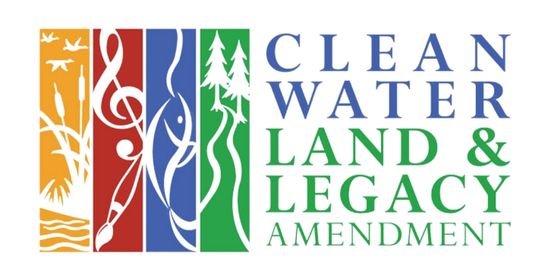
Funding for this program is provided by the Outdoor Heritage Fund as recommended by the Lessard-Sams Outdoor Heritage Council.
